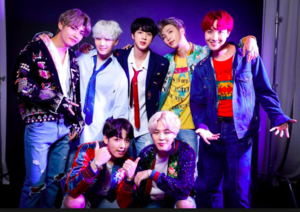Transport In Animals
Descripción

|
Creado por Lakshana Baheerathan
hace más de 7 años
|
|
Resumen del Recurso
Página 1
The main transport system in all mammals is the Circulatory System. It is a network of tubes -Blood Vessels and a pup -the Heart.; which keeps blood flowing all around the body.The Passage of Blood FlowThe deoxygenated red blood cells enter the heart via the vena cavea and travel towards the right atrium. It then passes the atrioventricular valves (Tricuspid Valves) to reach the right ventricle. It then passes the semi-lunar valves and leaves the heart via the pulmonary artery and travels towards the lungs; where deoxygenated blood turns into oxygenated blood. This oxygenated blood enters the heart via the pulmonary veins and travels towards the left atrium. It then passes the atrioventricular valves (Bicuspid Valves ) to reach the left ventricle. When the heart contracts blood is pushed through the semi-lunar valves and leaves the heart via the aorta, and is carried to all the parts of the body.Structures and FunctionsRight Atrium - A thin walled chamber that squeezed deoxygenated blood in to the right ventricle.Right Ventricle- Pumps deoxygenated to the lungs and so isn't as thickened muscular as the left side.Left Atrium. A thin walled chamber that receives oxygenated blood and squeezes it into the left ventricle.Left Ventricle- Most muscular chamber in the heart. It contracts to force oxygenated blood out, all around the body.Heart Muscle- Special muscle that beat rhythmically 3 billion times without tiring to circulate our bloodLarge Valves-Openwide to allow blood to fill the ventricles, but shuts to prevent back flow when the ventricle contracts.Semi-lunar Valves- Allow blood out through the arteries, but snaps shut to prevent back flow.Pulmonary Artery- Unusually for an artery , this carries deoxygenated blood from the heart to the lungs, to collect oxygen.Aorta: The widest artery in the body: it carries oxygenated blood, at high pressures to all the body's organs.Superior Vena Cavea: Carries deoxygenated blood from the body to the right atrium at low pressures.Pulmonary Vein: Carries oxygenated blood from the lungs to the left atrium ready to be pumped to the rest of the body.Coronary Artery: The first branches of the aorta and it supplies the heart muscle with oxygen and nutrientsTricuspid valve: Valves that prevent back flow of blood into the right atrium form the right ventricle.Bicuspid Valve: Valves that prevent the back flow of the blood into the left atrium from the left ventricle.
¿Quieres crear tus propios Apuntes gratis con GoConqr? Más información.
